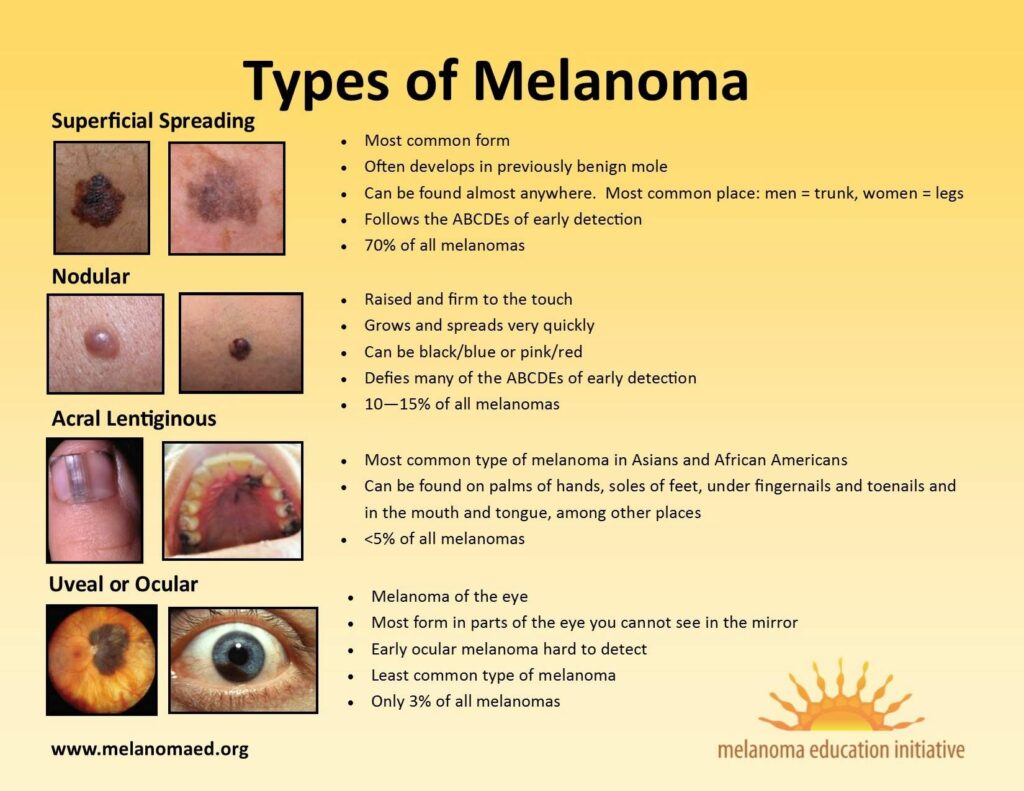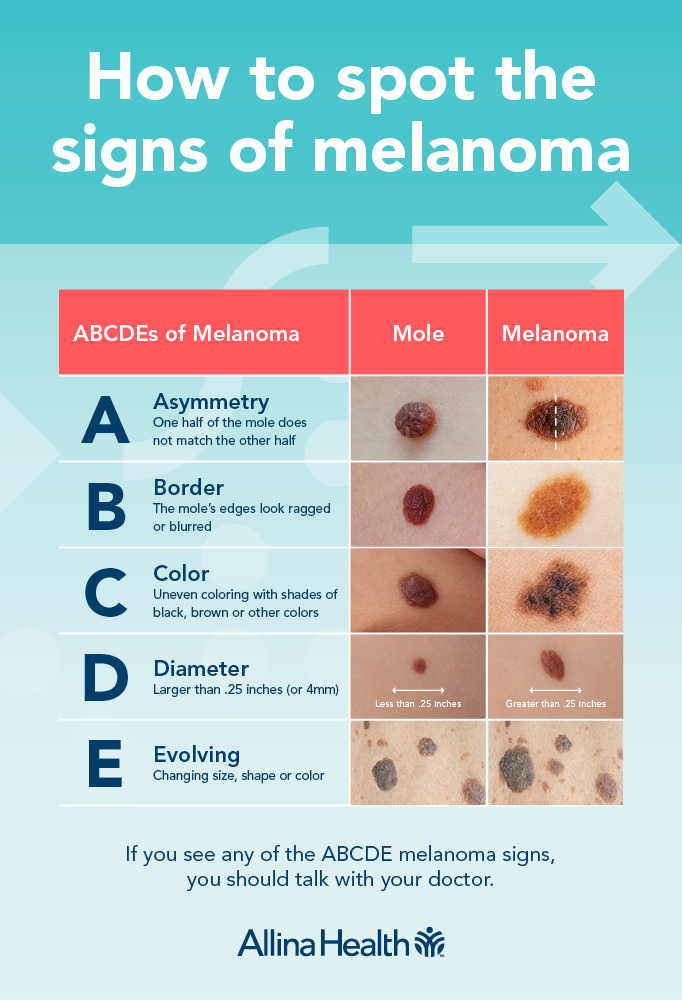Melanoma Treatment
Melanoma, also referred to as malignant Melanoma, is one type of skin cancer. It is not the most common skin cancer and accounts for about 1% of all skin cancers, but it is the most invasive (can spread to any organ) with the highest mortality risk. This condition is also highly curable when caught early. It originates from the melanocytes (pigment-producing cells of the skin) when they mutate and begin to multiply in an uncontrolled manner. Read More
Top Doctors For Melanoma Treatment Treatments
Top Hospitals For Melanoma Treatment Treatments
Melanoma Treatment
Table of contents
What is Melanoma?
Melanoma, also referred to as malignant Melanoma, is one type of skin cancer. It is not the most common skin cancer and accounts for about 1% of all skin cancers, but it is the most invasive (can spread to any organ) with the highest mortality risk. This condition is also highly curable when caught early. It originates from the melanocytes (pigment-producing cells of the skin) when they mutate and begin to multiply in an uncontrolled manner.
Melanomas are not restricted to the skin; they can develop in the eyes and rarely inside the body, like in the nose. Most melanomas are black or brown, but some can have a different color, like pink, skin-colored, or even purple. Melanomas can begin in already existing moles or normal skin. This makes it very important to be attentive to changes in your skin. The number of moles on an individual may give a clue as to the person’s risk of developing Melanoma. Due to its fast rate of growth and spread, a delay in treatment may determine the survivability of the affected individual, so it is always beneficial for a person to know the risk of Melanoma. Men are more likely to develop Melanoma on their trunks while women are on their legs.
Types of Melanoma

Superficial spreading Melanoma – is usually the most common; it tends to appear on the trunk or limbs. They grow slowly and spread on the skin’s surface.
Nodular Melanoma – appears on the trunk, the head, or the neck. Grows quicker than the other types and may be reddish or blue-black.
Lentigo maligna melanoma – develops in older people. Develops in places with the most sun exposure, like the face, hands, etc. It can start as a stain on the skin and grows slowly, and it is the less dangerous of the other melanoma types.
Acral lentiginous Melanoma – the rarest kind of Melanoma, it appears on the palms, the soles of feet, or under the nails. This is the most common in darker skin type people.
How is Melanoma diagnosed?
It is usually done through biopsy. A suspicious or worrisome mole or skin patch is removed and examined to see if it is cancerous. It is then staged to determine its danger level. Some tests used in staging include:
What are the signs of Melanoma?

Early detection of Melanoma is crucial in its treatment, so it is essential to be familiar with its signs. Melanomas can present as moles, scales, raised bumps, or even as open sores. Some of the signs that may indicate a melanoma include
- Skin changes like a new spot, a change in color, shape, or size of a mole.
- Sores that refuses to heal.
- A scaly, flat, red spot
- A spot or sore that becomes painful, itchy, bleeds, or tender.
The ABCDE examination of moles is a method that can be used to detect dangerous or cancerous lesions. They are:
Asymmetry – one side of the mole does not match another side
Borders – the edges of the mole do not appear smooth
Color – it does not have a uniform color. It is mottled with brown, black, grey, red, or even white, and it is uneven.
Diameter – the spot is greater than 6.0 mm or one larger than a quarter of an inch in diameter.
Evolving – the spot is new or is changing in size, shape, or color. This change can be over days, weeks, or months.
Stages of Melanoma
The stage where the cancer was caught will identify its spread and the therapy that will best suit it. Staging can be assigned to Melanoma from stages 0-4.
Stage 0 – the cancer is superficial; it is referred to as “melanoma in situ.”
Stage 1 – the cancer is up to 2mm thick. Hasn’t spread and may/may not be ulcerated.
Stage 2 – the cancer is 1-4mm thick, may/may not be ulcerated, and has not spread.
Stage 3 – cancer has spread to one or more nearby lymph nodes or lymphatic channels but not to distant ones. The original cancer may/may not be visible, but if visible, it is thicker than 4mm and is also ulcerated.
Stage 4 – cancer has spread to distant lymph nodes and organs.
The more advanced the cancer is, the harder it is to manage and the poorer its prognosis becomes.

What are the causes and risk factors associated with Melanoma?
The main danger associated with Melanoma is exposure to too much sunlight. Overexposure to solar ultraviolet rays can cause damage to the DNA of a cell, affecting the replication and growth of that cell. The problem arises when those damaged cells start reproducing. Apart from solar UV rays, UV rays from tanning booths can also be carcinogenic. Although melanomas can happen to any individual, some of the risk factors include:
- Previous personal history of Melanoma
- Family history of Melanoma
- Excess exposure to sunlight, including sunburns
- A compromised immune system
- History of tanning bed use
- Presence of liver spots
- Fair skin, light eyes, red or light hair
- Many moles and atypical moles
- Living in areas with high and harsh sunlight
Melanoma is more common in white people but can still occur in all skin types. People that have darker skin usually get melanomas on the soles of their feet, under their nails, and on their palms.
Treatment of Melanoma
This is dependent on the stage of the Melanoma and the general health of the patient. It is easier to access and remove melanomas than other types of cancers. This is the reason surgery is usually the standard option in melanoma treatment. It involves removing the cancerous tissue and some surrounding tissue; the amount of surrounding tissue removed would depend on the size and location of the cancer. Surgery is very effective in melanomas that were caught early. More advanced cases may require other therapy. If the Melanoma covers a considerable portion of the skin, skin grafts may be required.
Surgery: if used in the early stages, it could cure Melanoma completely. It is usually performed under local anesthetic. Some surrounding skin is usually also removed.

- Lymphadenectomy: usually in cases where the Melanoma has spread. It is the removal of the lymph nodes near the primary diagnosis site. It is usually done to prevent the further spread of cancer.
- Metastasectomy: used to remove spots of Melanoma from organs
If the cancer has spread to other organs or areas of the body, a doctor will request treatments depending on the spread of cancer; these include:
Radiation therapy: this is treatment with high-energy rays to attack cancer cells.
Chemotherapy: this is the use of medication to target the cancer cells
Immunotherapy: this is the administration of immune-boosting drugs that enable the body to fight the cancer.
Targeted therapy: this is the use of drugs to target specific cancer cells. The targets are particular genes and proteins which are unique to the cancer cells.
How can melanomas be prevented?
Melanomas can be prevented by avoiding excessive exposure to UV radiation. This can be done through the following:
- Avoidance of sunburns
- Protective clothing which limits skin exposure to UV rays
- Using broad-spectrum sunscreen
- Avoiding the highest sun intensity between 10 am – 4 pm
- Keeping infants away from direct sunlight
- Avoiding tan booths, lamps, and beds
Also, some lifestyle habits can be used to prevent melanomas. They include:
Tea intake – polyphenols found in green tea can help strengthen the immune system.
High vegetable intake – eating vegetables has been linked to the prevention of invasive melanomas.
Fish intake – this has also been linked to the prevention of this condition.
Living with Melanoma
While melanomas are generally very aggressive and dangerous, early identification can improve their prognosis. For this reason, it is essential to monitor any changing moles and seek medical attention for changing, irregular, or growing moles. Taking preventive steps is also very important for people that have very long exposure to direct sunlight.
“Medical Advice Disclaimer:
DISCLAIMER: THIS SITE DOES NOT PROVIDE MEDICAL ADVICE OR OPINION:
The information provided in this article or website by way of text, illustration, graphics, Images or any other form in this article or website is provided for informational purposes only. No information or material provided on this site is meant to be a substitute for a professional medical advice. Please refer to your family doctor or specialist in that field for any medical condition, diagnosis and treatment. Do not delay in contacting a professional on account of something you have read in this article or on this website.”
































































































